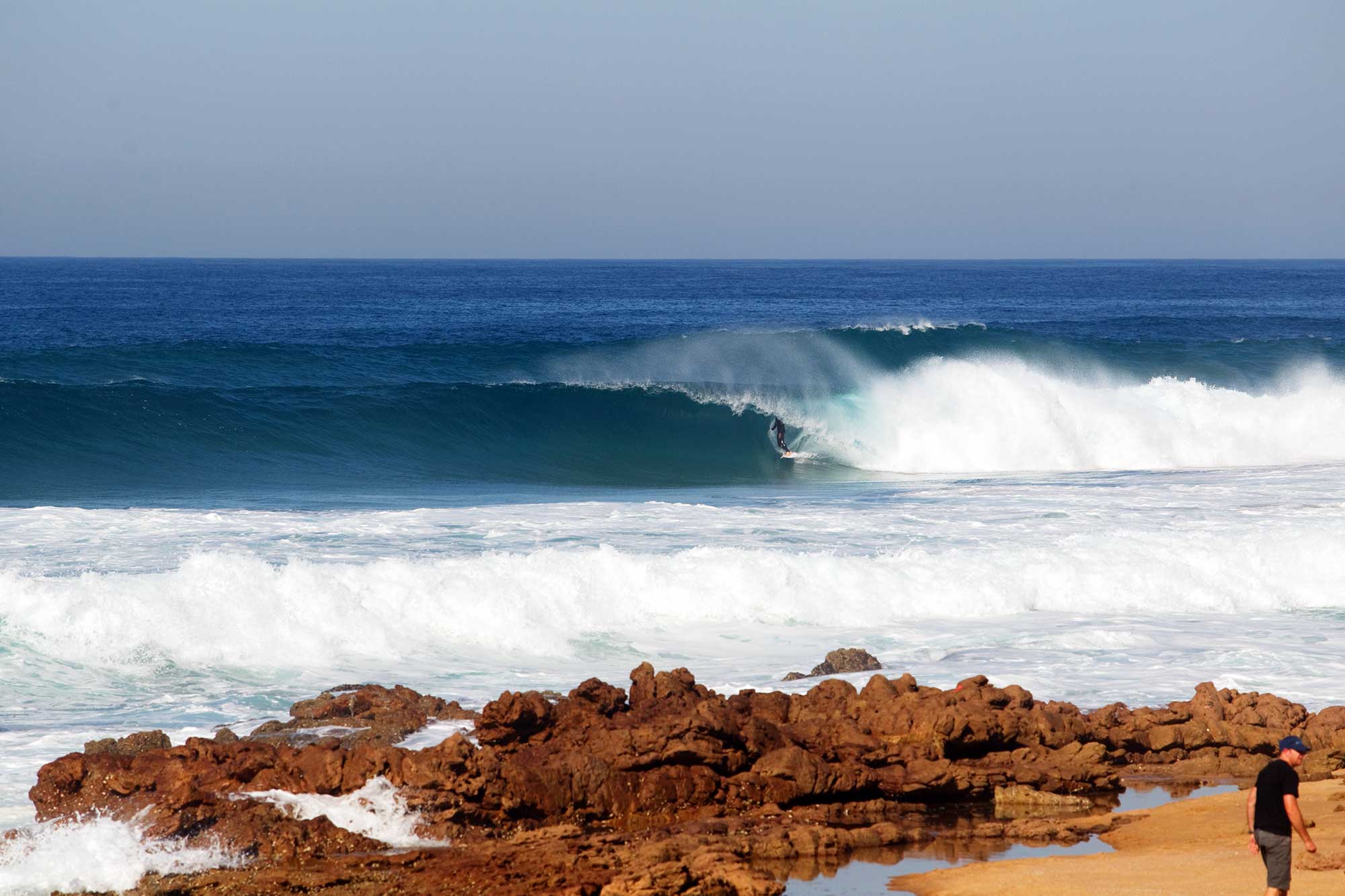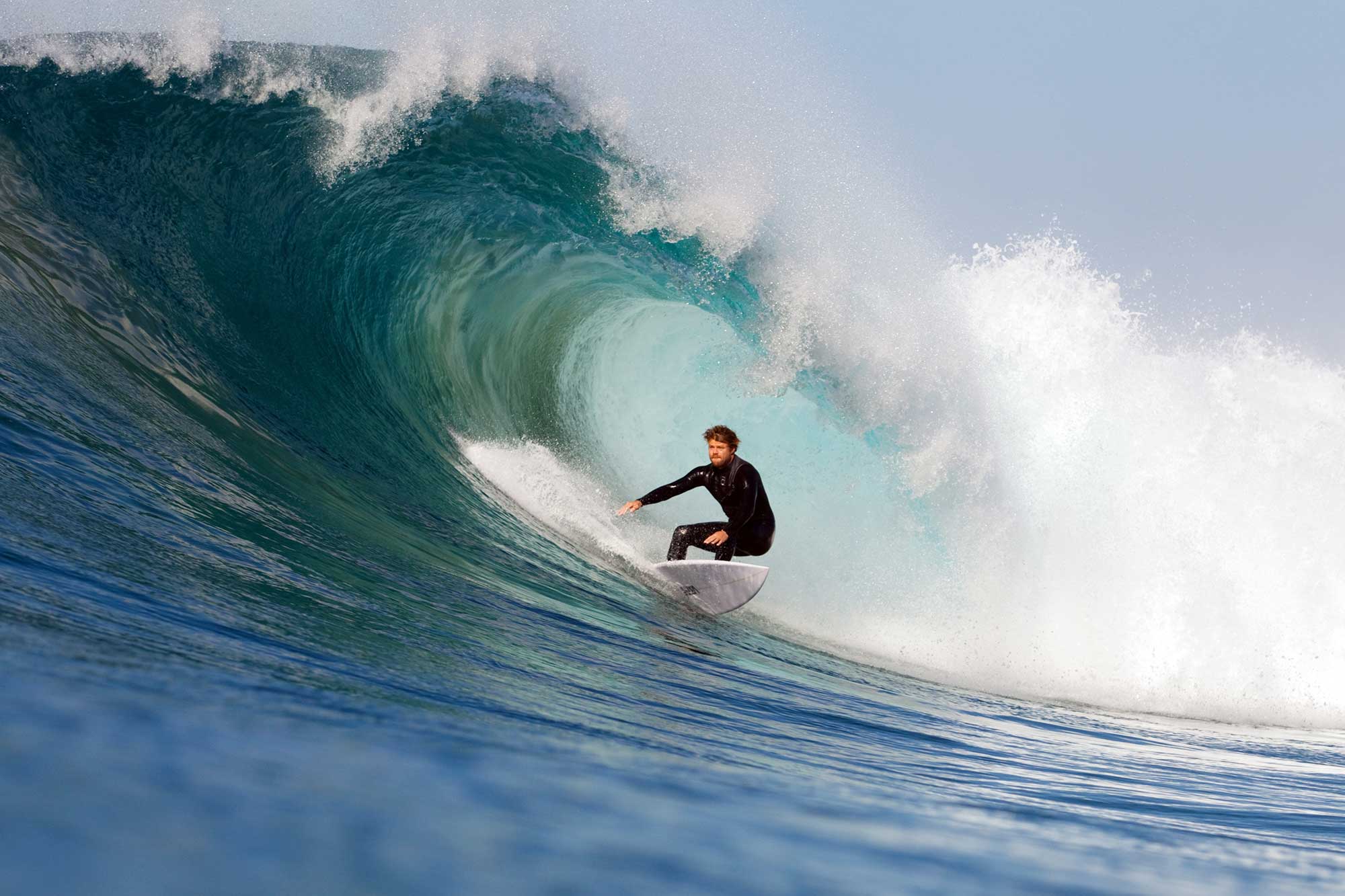The 5 Most Common Mistakes Surfers Make When Ordering Surfboards
According to James ‘Chilli’ Cheal.
For all the millions spent on ordering surfboards each year, getting the right piece of equipment under your feet remains one of the least understood, least scientific processes imaginable. Browse any shaper’s website or walk into any board store, and you’ll be confronted by a sea of choices. Yet for many, their only point of reference is what they’ve seen their beloved pros do on TV. That’s proved less helpful than you might think, since of course the old adage of ‘monkey see, monkey do’ doesn’t really apply, when the person you’re imitating is Mick Fanning or Dane Reynolds. Better than us explaining the pitfalls of ordering boards, we let someone with infinitely more knowledge on the topic, shaper to the stars, James ‘Chilli’ Cheal, tell you.
1. Slow down. Trust that your shaper knows best. While your input in the design process is important, Chilli warns not to get too carried away. “Be precise, but let the shaper throw in his two cents. (Don’t) overthink every little detail down to one 32nd of an inch (0.8 mrs),” he says.
2. Burst that bubble before you order a board. As Stab’s very own Morgan Williamson proved, the difference between perception and reality when it comes to your own surfing ability can be worlds apart. In order to get the board you want, you need to lessen that divide, says Chilli: “A common mistake is surfers thinking their ability is a lot better than it actually is. Mimicking Dane’s dimensions won’t ever allow you to surf like Dane, especially when you’re 105 kilograms (231 pounds). Be humble.”

DR, certainly not short on the appropriate amount of foam in the SITD Chilli, South Africa.
Photography
Greg Ewing
3. That new school ‘litreage’ metric mightn’t be all it’s cracked up to be. In a bid to add some method to the mad crapshoot that is ordering the right surfboard, someone decided to start looking at board dimensions in terms of “litreage”; a volume measurement based on the amount of foam in a surfboard that means, in theory, you can ride any length or shape you like, so long as it has your foam litreage in it. Except that, as Chilli explains, “different conditions call for different literages. Everything is finished off by hand-shape so things are ever slightly changing.”
4. Understand the balance of durability versus performance. It is true that very little is made to last these days and that our consumerist system is based on an increasingly and evidently unsustainable model of planned obsolescence. The shaping industry is no different. But Chilli warns that your ethics might come at the expense of surfing performance. “A common mistake is making boards REALLY strong so they last, when in turn it loses its performance,” he says. “We all want our boards to be around for a while, but we also want to rip on them.”
5. Let go of that dream board. It’s gone, and it’s never coming back. Shane Dorian once compared breaking your favourite board to getting dumped by the girl of your dreams. In other words, you will continue to suffer until you can replace it with something comparable. Chilli agrees: “Every board is going to be slightly different. If you think you’re going to get an ‘exact copy’ of your favourite old faithful, chances are you probably won’t. That’s the beauty of surfboards though, the next one that’s totally different could turn out better. Just accept it.”

If you slow down, and trust your shaper (as Chilli, who shaped the board you see Dane on here, suggests), then you’ll be able to speed up later.
Photography
Greg Ewing














Comments
Comments are a Stab Premium feature. Gotta join to talk shop.
Already a member? Sign In
Want to join? Sign Up